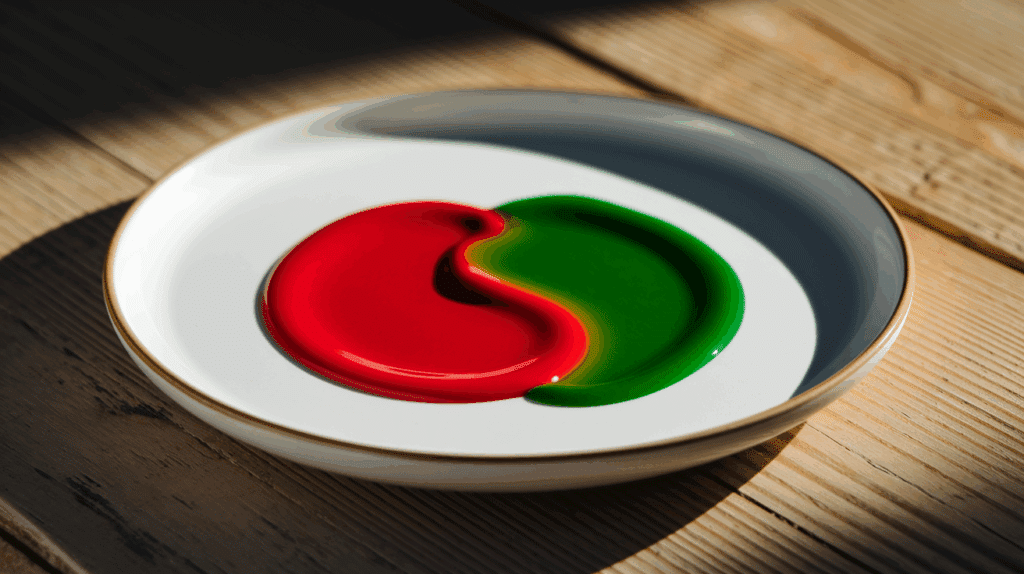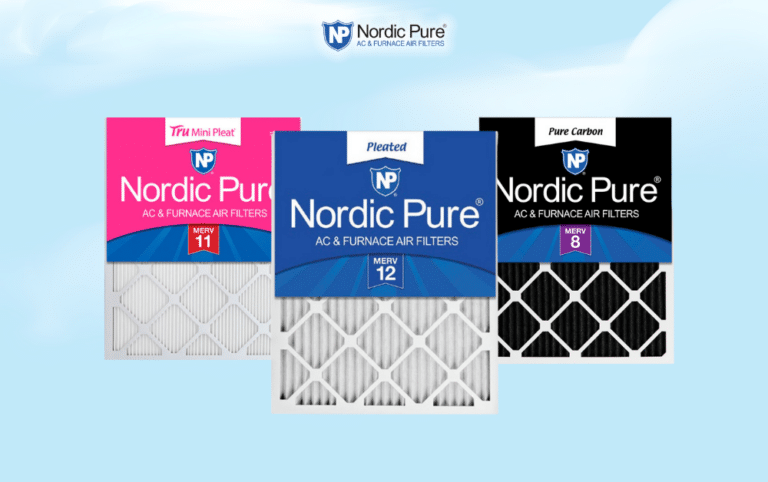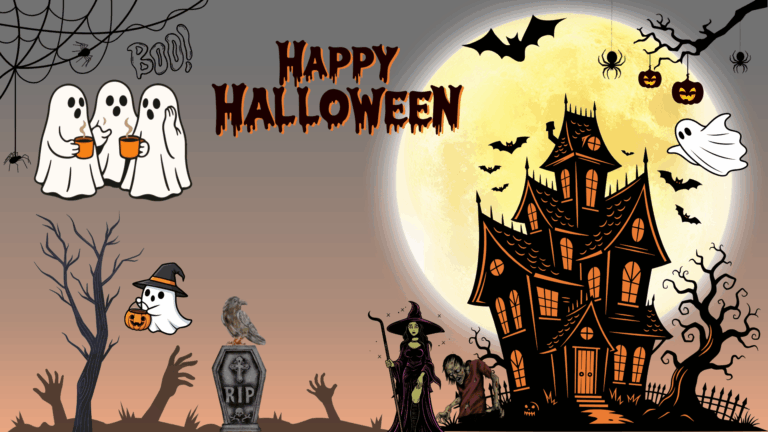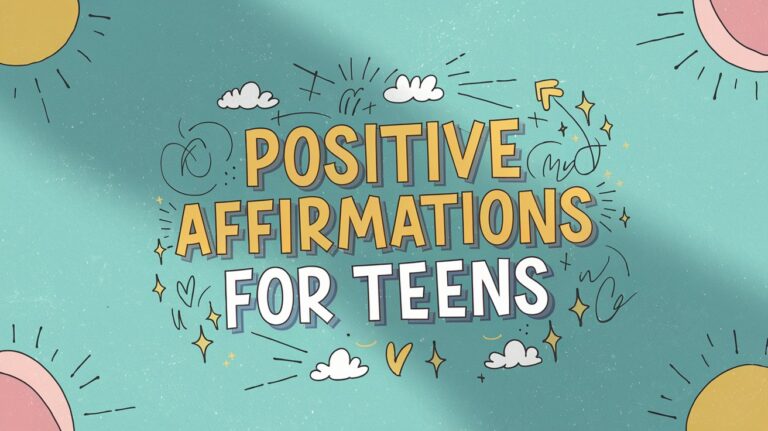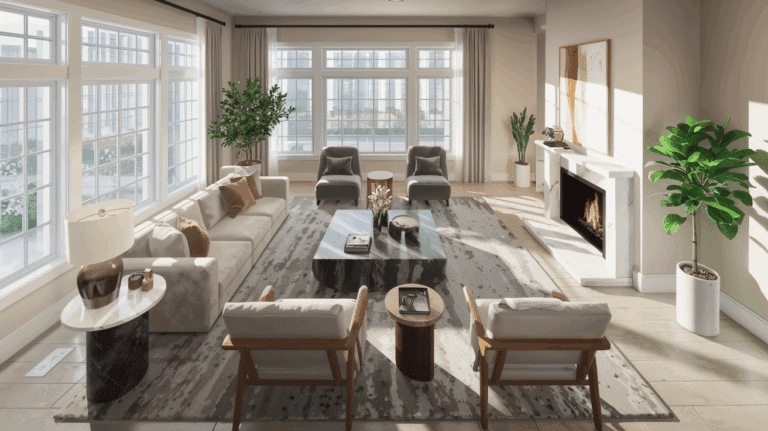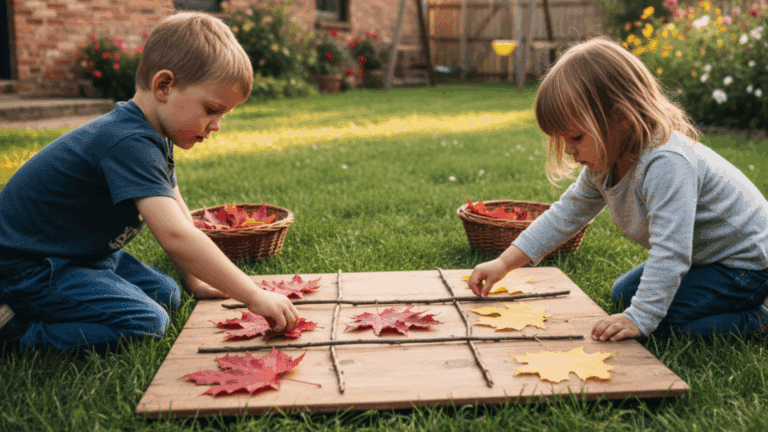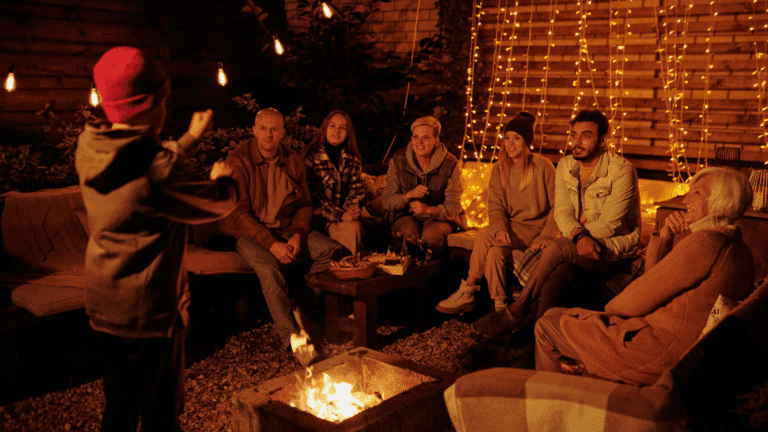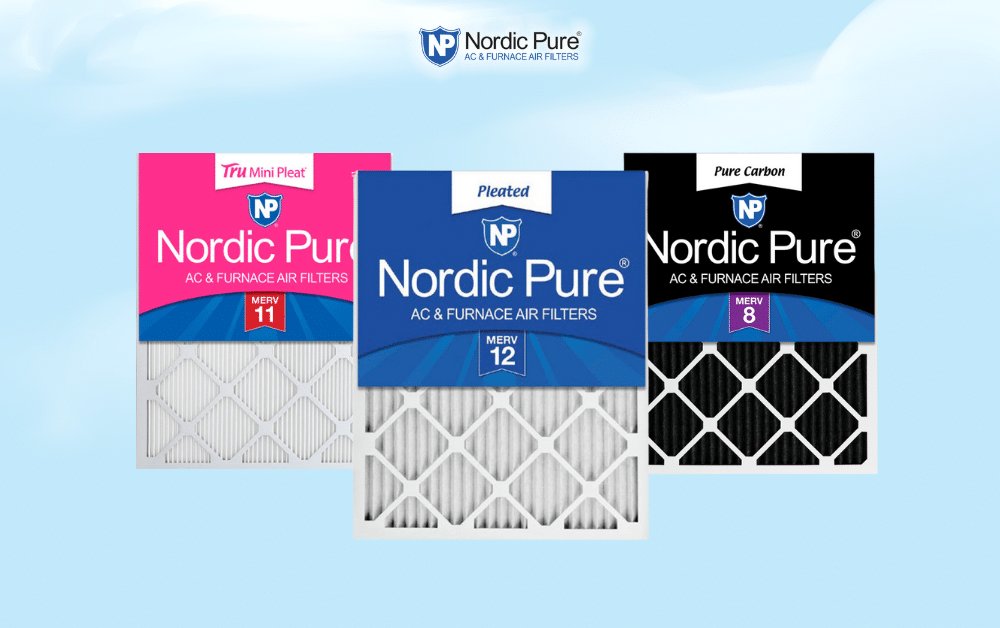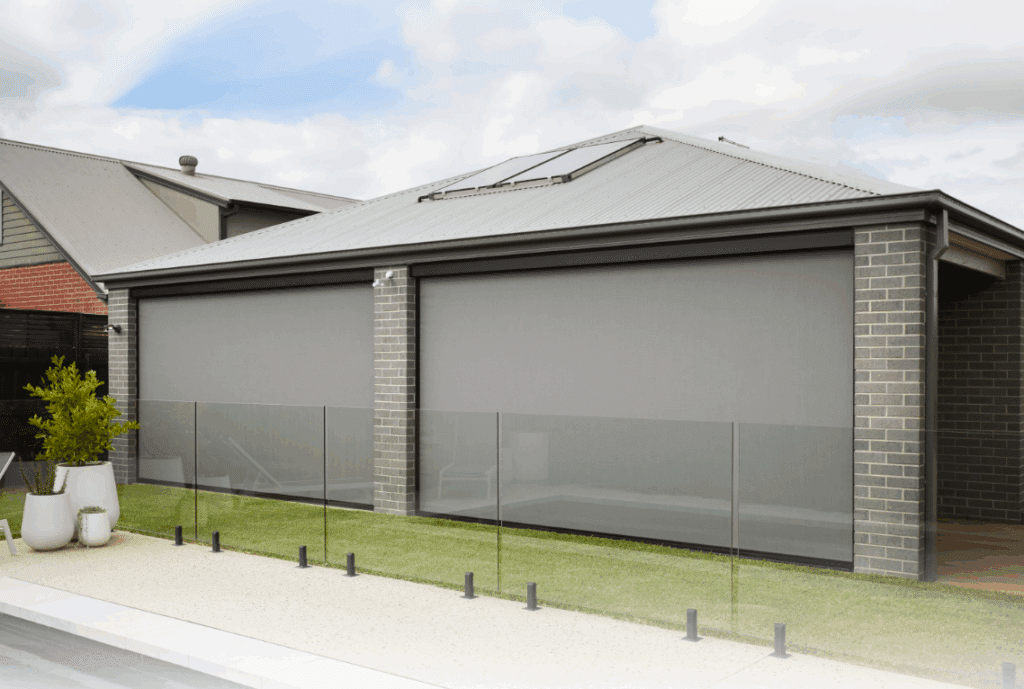Red and green – two colors that create an interesting pair.
Looking at color theory shows us the science behind how these colors mix. In some cases, red and green make new colors. Other times, they work in unique ways.
This post will explore how red and green interact, in art, tech, and how we see them. We’ll find out the special ways these two strong colors work together to make new shades.
Introduction to Color Mixing
Color mixing is the foundation of creating a wide range of colors used in art, design, and various creative fields. It begins with understanding primary colors: red, blue, and yellow, which cannot be created by mixing other colors.
These form the base of all other hues. By combining primary colors, secondary colors emerge, such as green (blue + yellow), orange (red + yellow), and purple (red + blue).
This blending of colors forms the basic principles of color theory. Color theory is essential for achieving harmony in design and ensuring colors complement one another.
Understanding color mixing helps in creating visually appealing compositions, whether in painting, fashion, or interior design.
Mixing Red and Green Togetehr
When red and green are mixed, the result depends on whether you’re combining light or pigments.
In additive color mixing (light), red and green create yellow, as each color light combines to form a new wavelength that our eyes perceive as yellow.
This principle is used in digital screens and stage lighting. In subtractive color mixing (pigments), such as with paints or inks, red and green typically produce a brownish or muddy color.
This happens because both pigments absorb (subtract) different wavelengths of light, and when combined, they block out a broader spectrum, resulting in a dull tone.
What Color Does Red and Green Make in Light (Additive Mixing)
.png)
In additive color mixing, red and green light combine to create yellow. This occurs because each color of light has a unique wavelength, and when the red and green wavelengths overlap, they form a new color that our eyes interpret as yellow.
This principle is the basis of how colors are produced on screens and in stage lighting, where light is mixed in various combinations to create different hues.
Additive mixing relies on the presence of light, where the more light colors are combined, the lighter and brighter the resulting color becomes.
Red, green, and blue are the primary colors in additive mixing, and when combined in full intensity, they create white light.
What Color Does Red and Green Make in Pigment (Subtractive Mixing)

When red and green pigments are mixed through subtractive color mixing, the result is typically a dull, brownish color.
This happens because each pigment absorbs (or subtracts) certain wavelengths of light, reflecting only specific colors.
Red pigments absorb most of the blue and green light, while green pigments absorb red and blue light. When combined, the two pigments absorb a broader range of the visible spectrum, leaving behind fewer wavelengths of light to reflect.
This causes the mixture to appear muddy or brownish instead of a vibrant color. The more pigments you add, the more light is absorbed, which is why colors become increasingly muted in subtractive mixing, often used in printing and painting.
Practical Uses of Red and Green Mixing

Understanding how red and green mix can be applied in various fields, especially in art, design, and technology. Here are a few practical examples:
-
Painting: Artists use red and green in their palettes to create earthy tones, neutrals, or create depth and shadow in landscape paintings.
-
Graphic Design: Red and green, when used in digital design, can create balanced color schemes. Mixing these two can help form complementary or contrasting colors to grab attention.
-
Lighting: In stage lighting or architectural lighting, red and green light combine to create yellow or various hues, influencing mood and focus.
-
Digital Screens: On screens, red and green are primary colors in the RGB model, working together to create millions of colors on digital displays.
These uses highlight the versatility of red and green in both creative and technological settings.
Why Red and Green are Opposites on the Color Wheel

Red and green are considered complementary colors because they are located directly opposite each other on the color wheel. This positioning creates a strong visual contrast, making the colors appear more vibrant when placed side by side.
When used together, they create a sense of balance, as they each bring out the intensity of the other. Red is a warm color, while green is cool, and this temperature difference further enhances their complementary nature. In design, this contrast is often used to attract attention or create a dynamic look.
The balance between the two colors can also help neutralize or tone down one another, providing harmony in a composition.
The Science Behind Colorblindness and Red-Green Perception
Red-green color blindness is the most common type of color vision deficiency, where individuals have difficulty distinguishing between shades of red and green.
This occurs due to anomalies in the retina, specifically in the red and green cones, which are responsible for detecting these wavelengths.
People with this condition may see these colors as similar, or they may struggle to differentiate between hues that fall in the red-green spectrum.
When designing for a broader audience, it’s crucial to use high contrast, avoid relying solely on color for key information, and incorporate patterns or textures.
Tools like color filters and simulation apps can help designers create accessible visuals that everyone can easily perceive.
Summing It Up
Red and green have a complex relationship that opens up new ideas and knowledge. These colors mix in special ways, from art to digital screens. They show how our eyes and brains handle color.
Sometimes red and green make brown when mixed as paints. Other times, like with light, they create yellow.
This reminds us that color is not simple or fixed. It changes based on many things, like how we see it and where we find it.
The way red and green work together keeps us curious about the amazing world of color.


